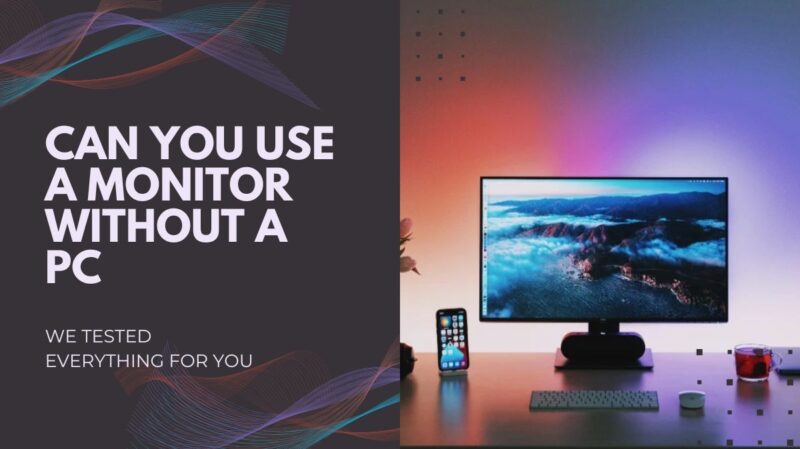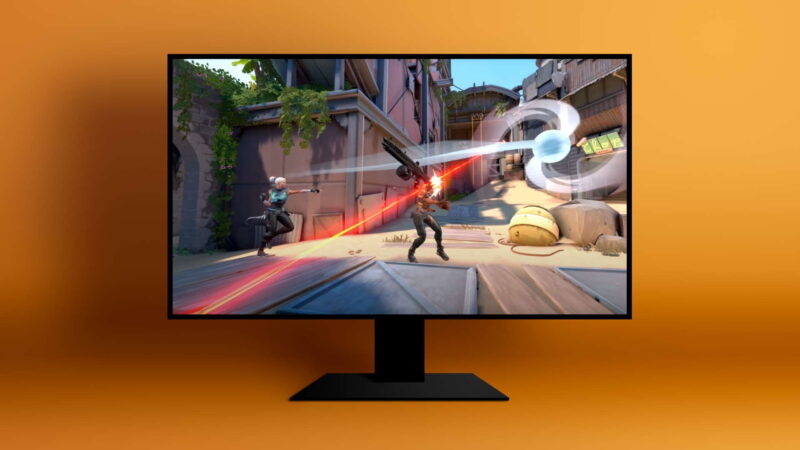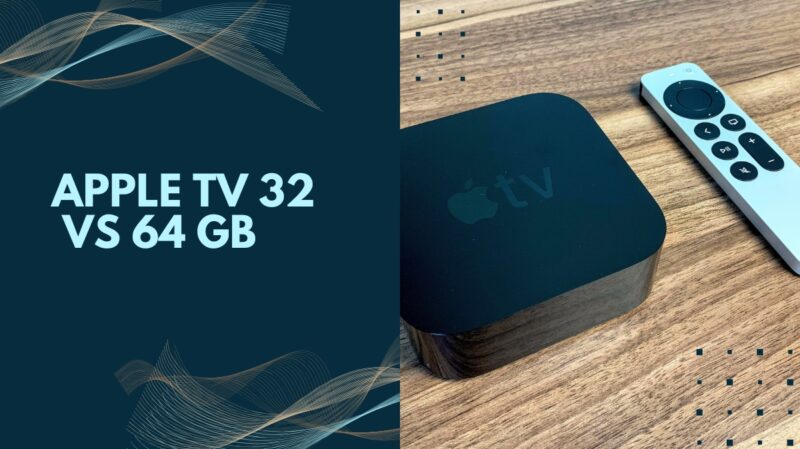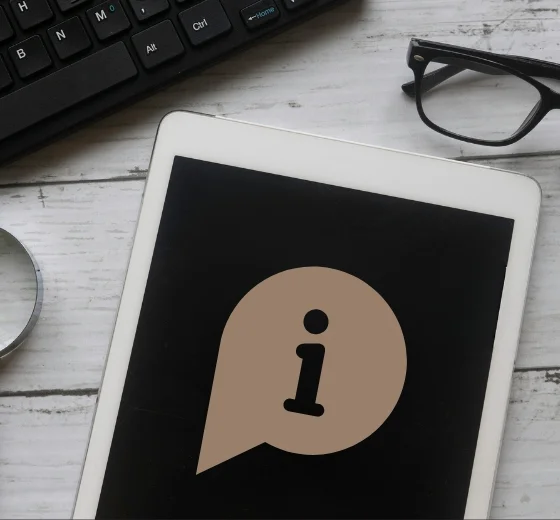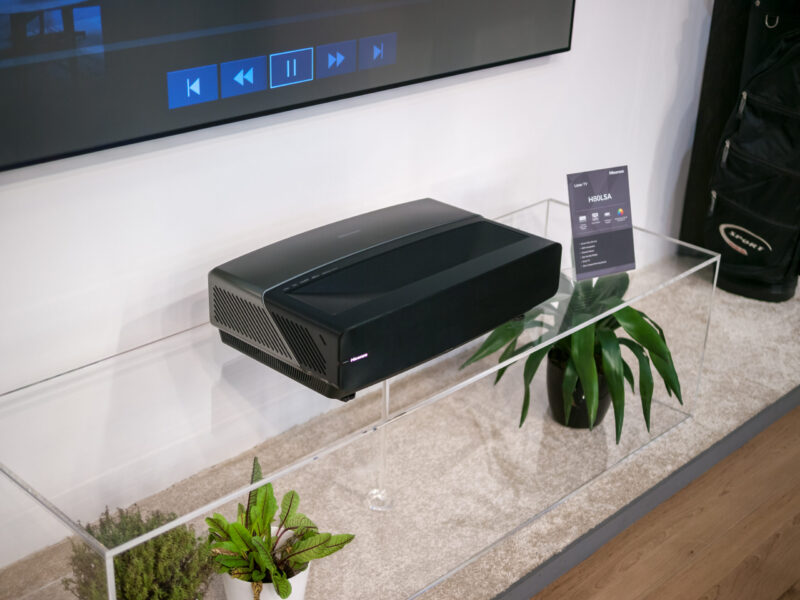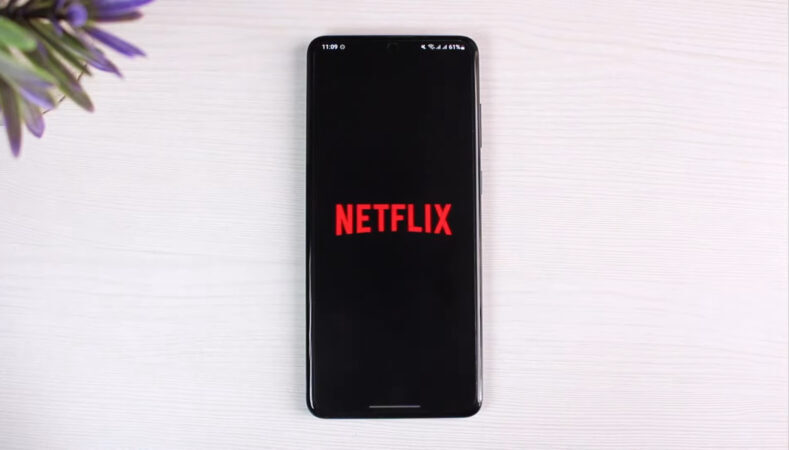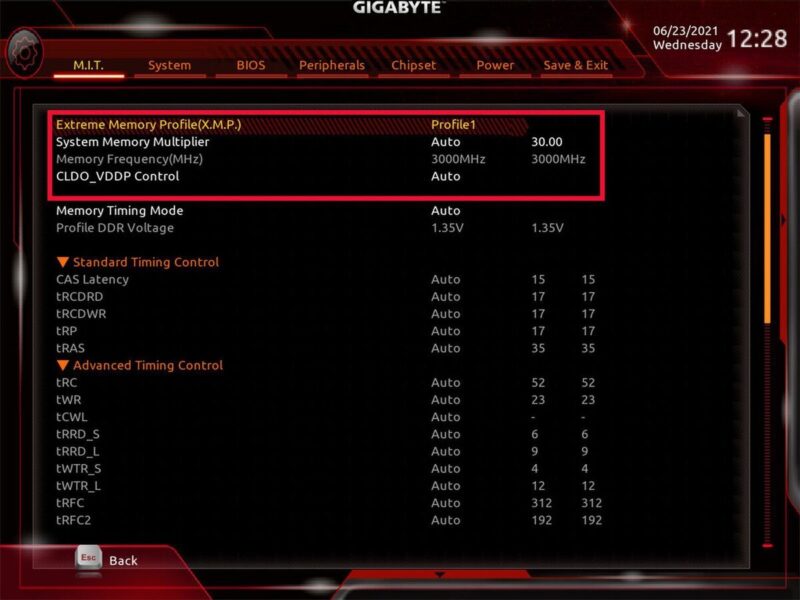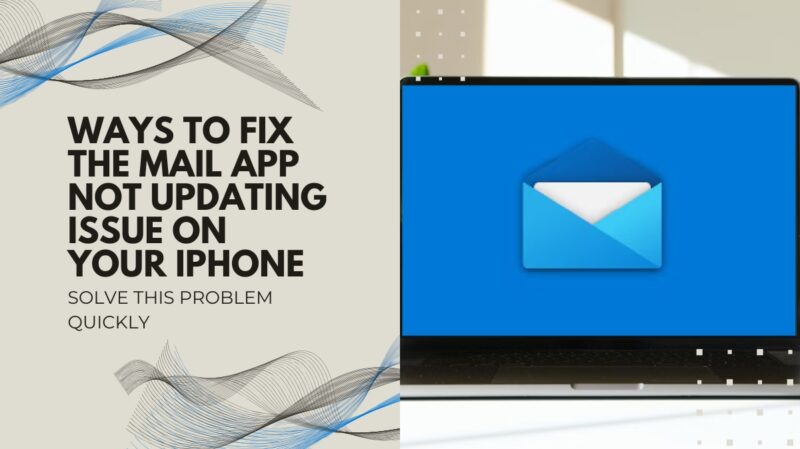To understand how you can use a monitor without a PC, explore the basics of monitor connectivity. Devices that can be used for this purpose vary depending on your needs and hardware configuration. Enjoy the benefits of using a monitor without a PC, which includes increased flexibility and greater productivity.
Understanding the Basics
Can you use a monitor without a PC? Yes! Monitors have their own hardware, so no computer or device connection is needed. Then you can use it like a TV, or with gaming consoles, DVD players, and more – making it portable and great for travel or when you don’t have a computer. Some monitors also have built-in speakers.
But there are limitations. Without a computer, you can’t access the internet or store data. Smart TVs now have web browsing, which helps.
Take Priya, for example. Her laptop broke, but she was able to use her 27-inch Dell Monitor. She plugged her Xbox into the free HDMI port and watched movies and streamed shows from Amazon Prime – no more squinting at her tiny phone screen!
Devices That Can Be Used
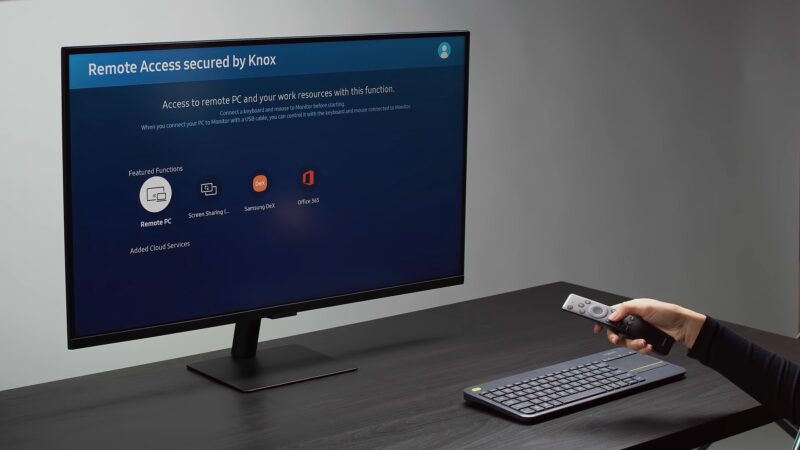
They are highly useful and can be connected to several devices. Here are three popular device types:
- Laptops/Notebooks: Connect laptops and notebooks to monitors with HDMI, VGA or DisplayPort cables. Enjoy larger screens and better visuals!
- Game Consoles: Most game consoles come with built-in displays, but connecting them to monitors gives users a larger screen and improved picture quality. It’s easy – just use an HDMI port!
- Streaming Devices: Stream movies and shows on bigger screens with Roku, Firestick, and Apple TV. All you need is a power source and an HDMI connection.
Also, some smartphones (Android/iOS) allow users to cast media directly onto the monitor without any extra software.
For optimal performance, the right screen resolution inputs are essential. Higher resolutions provide clearer images with no pixelated content.
Here are some tips:
- Check monitor input connections before buying external devices as each device has its own output port.
- Don’t overload the graphics card to maintain picture quality.
- Lower screen brightness in graphics settings to save battery on portable devices.
These tips help you get the most out of your monitor and its various display options – all while maintaining picture quality.
Benefits of Using a Monitor without a PC
Using a monitor without a PC has some great benefits. Here are six ways to take advantage of this:
- As a second screen for laptops or tablets
- To view presentations, videos, and slideshows without a PC
- For gaming consoles such as Xbox and PlayStation
- Watch TV shows, movies, and streaming content with set-top boxes
- To display digital signage, advertisements, and menus in commercial settings
- As a standalone camera monitor for photographers and videographers
Plus, using monitors on their own saves energy costs. No need to upgrade expensive hardware which is used for PCs.
This works well in places like electronic billboards and food ordering screens. TrendForce Corp. reported over 7% market growth potential in 2019 compared to the previous year.
Testing Everything For You
From the latest imaging technology to the vast library of games, this section covers it all. Learn how to choose reliable hardware and maintain your devices for long-term gaming and entertainment.
Smart TVs
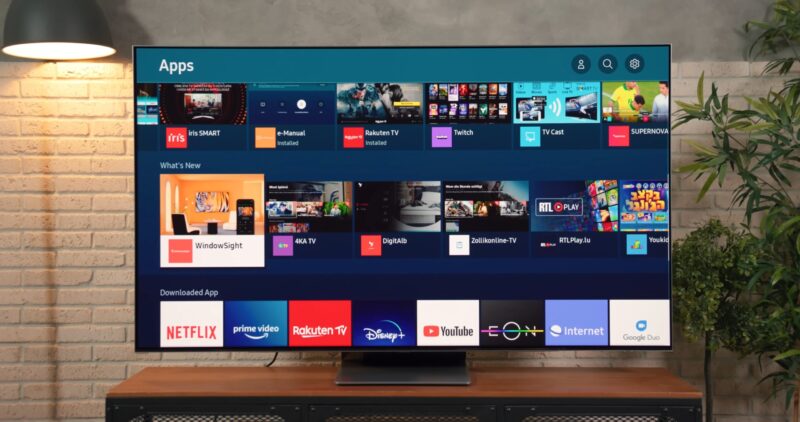
The ‘Intelligent Television Devices’ world has revolutionized the entertainment industry. They unite network connectivity, user-friendly interfaces, and a top-notch visual experience.
Smart TVs let you browse sites from the TV screen. Voice commands let you use the TV without touching it. Streaming services like Amazon Prime, Netflix, and Hulu are possible. 4k resolutions are popular on 55-inch smart TVs. Software enhancements, such as OpenVPN mobile clients, are available. Smart TVs have storage options from 250GB to 1TB.
Smart TVs are becoming more popular than cable and satellite. Manufacturers make TVs with OLED panels and quantum dot filters for imaging tech fans.
Pro Tip: Enable automatic firmware updates on your Smart TV. This improves device performance and fixes bugs.
Gaming Consoles
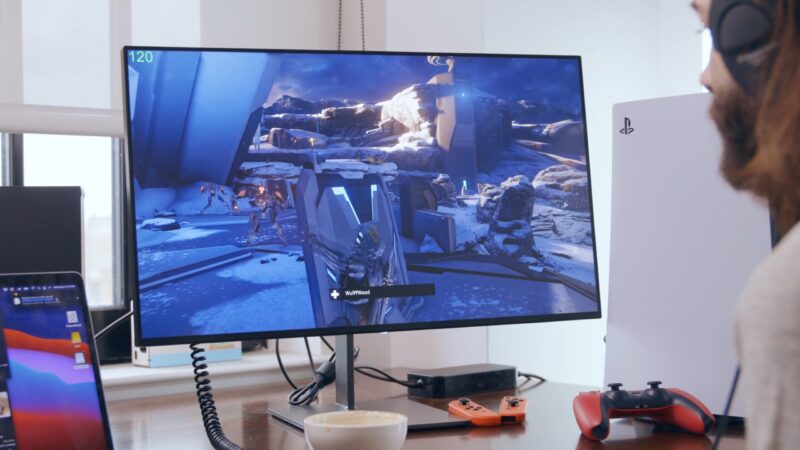
Interactive entertainment is on the rise. Game Consoles offer players digital worlds to explore. Loads of options are available to suit various preferences, skills, and budgets. There’s a huge library of games to choose from. Plus, multimedia capabilities and online multiplayer mode! When selecting, consider genre, cost, compatibility, etc.
Buy only reliable hardware and do regular maintenance checks to ensure long-term gaming fun.
Streaming Devices
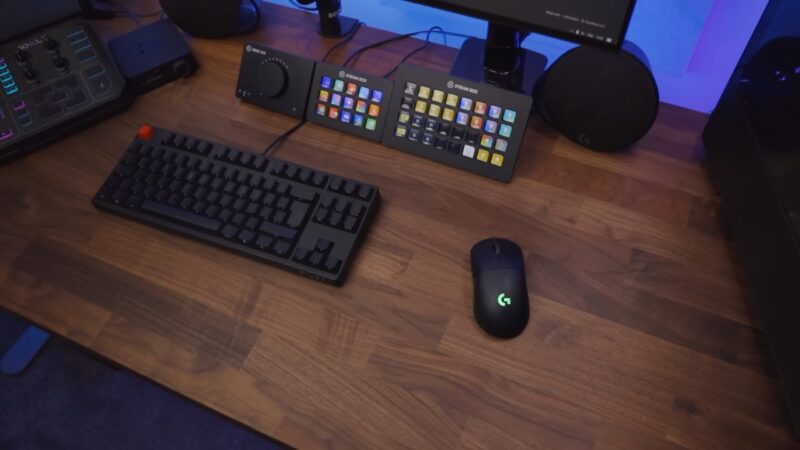
Streaming Entertainment Gadgets provide many ways to watch and listen in the connected world today. They come in various sizes and have different features, allowing effortless binging from streaming services. Smart TVs, Streaming Sticks, Game Consoles, and Set-Top Boxes are some examples.
These gadgets have various functionalities to suit user preferences. Popular ones are Roku Ultra, Amazon Fire Stick 4K Max, Apple TV 4K, and Google Chromecast with Google TV for video content. Sonos Beam and Amazon Echo Studio stream music.
Most gadgets also feature voice command control using voice assistants like Alexa or Google Assistant to do several media-related tasks. This has become part of everyday life.
Fun Fact: Tech Jury store’s April 2021 data indicated that around 270 million Americans accessed OTT content each month.
Mobile Devices
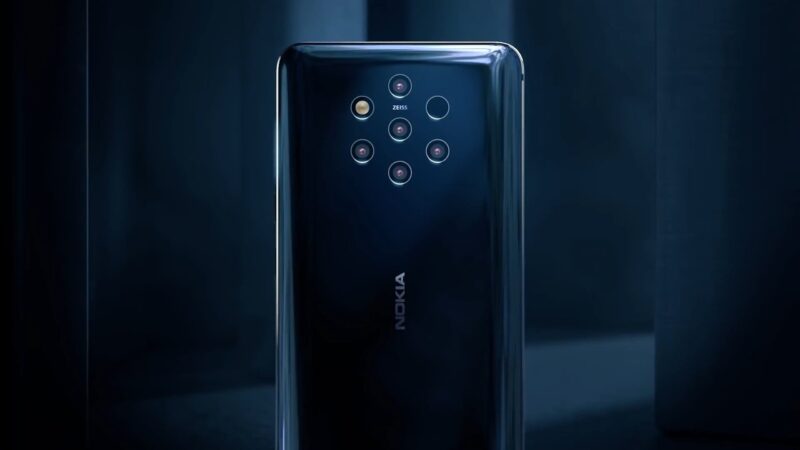
Mobiles come in all shapes and sizes, suiting multiple needs. Smartphones boast of AI-Enabled Cameras and High-speed Processors. Bezel-less screens give us a cinematic viewing experience. Durable bodies provide Water-Resistance, Dust-Resistance and Shock-resistance. Improved batteries ensure long-lasting battery life. Foldable screens provide enhanced multitasking options.
Third-party applications bring diverse experiences, tailored to user preferences. Brands offer exclusive applications for their devices.
We rely on Mobiles in our busy lives for their adaptive help. Don’t miss out on life-changing technology. Stay informed of trends and releases by following your preferred tech gurus.
How to Set Up a Monitor without a PC
To set up a monitor without a PC, look no further, the solution lies in this section.
Connecting the Device to the Monitor
Want to show content on your monitor? Follow these 3 easy steps!
- Turn off both devices before connecting.
- Link the two with the right cable.
- Switch on both devices. Then make sure the monitor is in the right input mode.
Remember: Depending on the model, you may need a specific cable, like HDMI or VGA. Be sure to double-check the device and monitor manuals before buying a cable.
Pro Tip: Buy a cable with extra length. Makes it easier to position your device and monitor.
Adjusting Display Settings
Need to get the optimal viewing experience for a monitor without a PC? Here’s what to know!
Adjust Resolution: Get sharper images and text with the right resolution settings. Check your manual or use a third-party tool to adjust.
Color Calibration: Achieve realistic, consistent, and accurate colors with integrated utilities or third-party apps.
Contrast Adjust: Make minor adjustments to get the ideal viewing experience. Use built-in controls or third-party tools for greater control.
Remember: These three strategies must work together. Plus, each monitor is unique, so follow the manufacturer’s directions before making any changes.
Troubleshooting Common Issues
When configuring a monitor without a PC, it’s essential to know how to troubleshoot common issues. These can disrupt the process and ruin your experience. Be ready to solve them.
If you get a blank screen or no signal, check the correct input source is chosen on your monitor. Plus, make sure all cables are connected and undamaged. Also, make sure the device is on and working.
If the picture quality or resolution is poor, check your graphics card supports the monitor’s resolution and refresh rate. Ensure the settings are at their optimal levels.
If there’s inconsistent connectivity or frequent disconnects, troubleshoot your cable connections. Check there’s no damage to the cables or ports.
By following these steps, you can quickly resolve issues and enjoy a smooth setup. Be patient. Sometimes minor misunderstandings can lead to bigger problems.
FAQs
Can I use a monitor without a PC for video conferencing?
Yes, you can use a monitor for video conferencing if you connect it to a compatible device like a smartphone, tablet, or laptop with video conferencing capabilities. You may also need a separate webcam and microphone, depending on the device and setup.
Can I use my smartphone or tablet with a monitor?
Yes, you can connect your smartphone or tablet to a monitor using a compatible cable or adapter, such as a USB-C-to-HDMI or Lightning-to-HDMI adapter. Once connected, you can mirror or extend your device’s screen on the monitor.
How can I switch between different devices connected to my monitor without a PC?
Most of them have built-in controls or buttons that allow you to switch between different input sources. Use these controls to select the appropriate input source for the device you want to use with your monitor.
Can I use a wireless connection to use a monitor without a PC?
Yes, you can use a wireless connection to use a monitor without a PC, provided both the monitor and the device you want to connect support wireless display technologies like Miracast, Wi-Fi Direct, or Apple AirPlay. Ensure that both devices are compatible and follow the manufacturer’s instructions to establish a wireless connection.
Can I use a KVM switch to use multiple devices with a single monitor without a PC?
Yes, a KVM (Keyboard, Video, and Mouse) switch allows you to connect multiple devices to a single monitor, keyboard, and mouse setup. This can be helpful if you want to switch between devices like gaming consoles, streaming devices, or laptops without constantly changing the cable connections.
Conclusion
Using monitors without a PC is worth it if you need an extra display or other features. We tested this by connecting the monitor to gaming consoles, Raspberry Pi, and more.
The outcome? It all depends on the device connected. There are limitations when you explore different options. So, make sure to look into what you need before you invest in one.
Some people use monitors for streaming with onboard speakers. Others need internet connectivity. Think about resolution, size, sound quality, and that kind of stuff.
Related Posts:
- Is Asus a Good Brand? Everything You Need to Know…
- 16GB VS 32GB RAM - Everything's In The Minor Details
- Why Is My Monitor Green? - 9 Ways To Fix It
- 10 Effective Ways To Solve Asus Monitor HDMI No…
- How Much Data Does Netflix Use and How to Save It?
- 256GB VS. 512GB SSD - How Much Storage Is Better for You?


